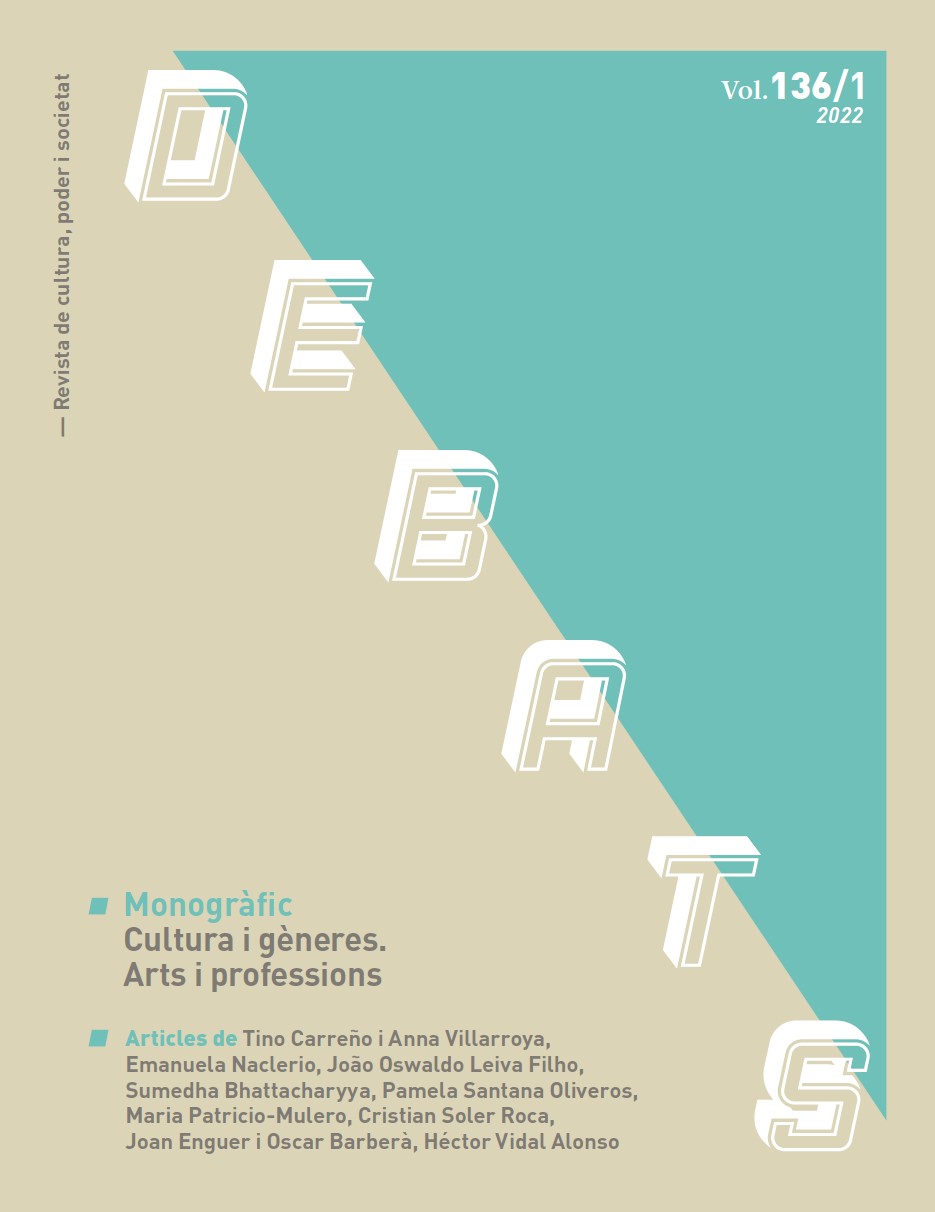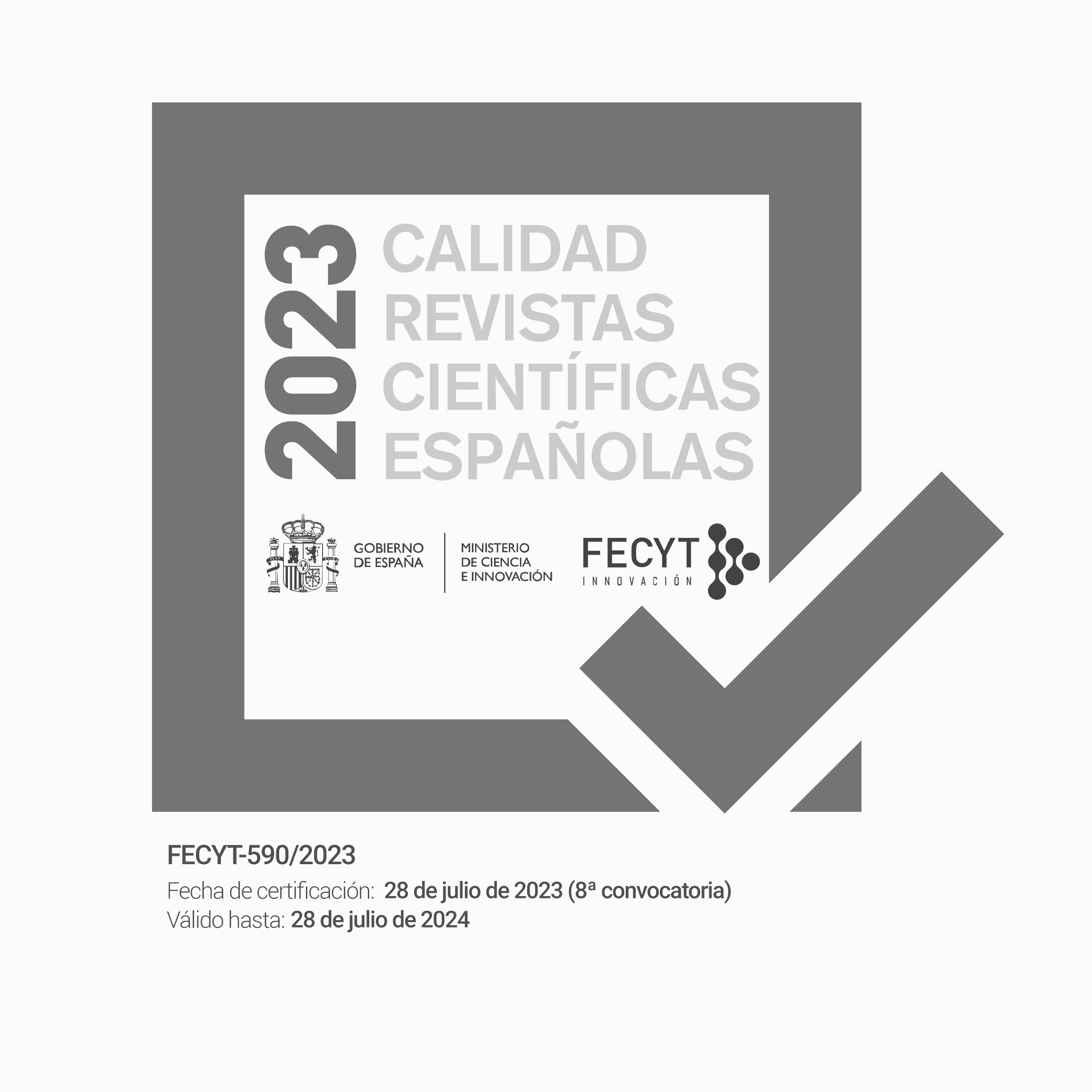Dancing in the street as feminist empowerment: the choreographic discourse of Bellywarda and L’Armée des Roses
DOI:
https://doi.org/10.28939/iam.debats-136-1.6Abstract
The reaffirmation of female bodies in public spaces is a constant in feminist social movements. Indeed, the role of the female body in public spaces and conveying a social message is vindicated by artists from all disciplines, whether by occupying the streets in protest of unequal women’s rights and equality or sexual harassment and rape, or in other social demonstrations. In the field of dance, some companies perform expressly in public spaces with the precise aim of conquering these arenas as a stage to visibilise female bodies, highlighting their diversity and demanding more equality and freedom. In this article, we use collective interviews with two French companies committed to promoting feminism in the streets Bellywarda (FatChanceBellyDance©) and L’Armée des Roses (performing the cancan), to analyse the choreographic discourse related to this concept. We aimed to study the appropriation of public spaces, interactions with the public at large and their reception of these performances, social links between dancers, and the transmission of feminist values. Observation of these dances and the interview outcomes was addressed from the perspectives of the sociology of emotions, phenomenology of urban spaces, and women’s studies. The context of the COVID-19 pandemic prevented us from examining the public reception of these street actions, but we were able to discuss the current situation in France in which dance is considered a ‘non-essential cultural asset’ during the second lockdown, when this research takes place.
Downloads
References
Casey, E. S. (1993). Getting Back into Place: Toward a Renewed Understanding of the Place-World. Indiana.
Casey, E. S. (2020). Emotion at the edge. Research in Phenomenology, 50(3), 291–299. https://doi.org/10.1163/15691640-12341452
Elkin, L. (2016). Flâneuse. Una paseante en París, Nueva York, Tokio, Venecia y Londres. Barcelona: Malpaso.
Gisbert, V., & Rius-Ulldemolins, J. (2019). Women’s bodies in festivity spaces: feminist resistance to gender violence at traditional celebrations. Social Identities, 25(6), 775–792. https://doi.org/10.1080/13504630.2019.1610376
Goffman, E. (1959). The presentation of self in everyday life. Garden City: Double Day.
Kern, L. (2021). Ciudad feminista. Barcelona: Bellaterra Edicions.
Lefebvre, H. (1968). El derecho a la ciudad. Madrid: Capitán Swing.
Lhortolat, E. (2014). L’American Tribal Style (ATS) : le contre-pied à l’image fantasmée de la danseuse orientale de 1970 à aujourd’hui. In Loxias Colloques: Images de l’Oriental dans l’art et la littérature.
Lissagaray, P.-O. (2021). Las parisinas. In Historia de la comuna de París de 1871 (1896). Madrid: Capitán Swing.
Maruta, N. (2014). L’incroyable histoire du cancan. Paris: Parigramme.
Muntanyola Saura, D. (2016). La force des liens en danse : une étude du regard dansé. Sociologie de l’Art, 25–26, 83–103. https://doi.org/10.3917/soart.025.0083
Scheff, T. J. (1988). Shame and Conformity : The Deference-Emotion System. American Sociological Review, 53(3), 395–406.
Scribano, A. (2013). Sociología de los cuerpos/emociones. Revista Latinoamerica de Estudios Sobre Cuerpos, Emociones y Sociedad, 10(Año 4. Diciembre 2012‐marzo de 2013), 93–113.
Turner, J. H. (2009). The sociology of emotions: Basic theoretical arguments. Emotion Review, 1(4), 340–354. https://doi.org/10.1177/1754073909338305
Turner, J. H., & Stets, J. E. (2005). The Sociology of Emotions. New York: Cambridge University Press.
Downloads
Published
How to Cite
Issue
Section
License
Without prejudice to the provisions of article 52 of Spanish Law 22/1987 of November 11 on Intellectual Property, BOE (official state bulletin) of November 17, 1987, and pursuant to said legislation, the author(s) surrender(s) free of charge its rights of edition, publication, distribution and sale of the article, for its publication in Debats. Journal on Culture, Power and Society.
Debats. Journal on Culture, Power and Society is published under the Creative Commons license system in accordance with the «Recognition - Non-Commercial (by-nc) modality: The generation of derivative works is permitted provided that commercial use is not made. Nor can the original work be used for commercial purposes».
Thus, when the author submits his/her contribution, he/she explicitly accepts this assignment of publishing and publishing rights. Authors also authorize Debats. Journal on Culture, Power and Society to include their work in an issue of the journal to be distributed and sold.











